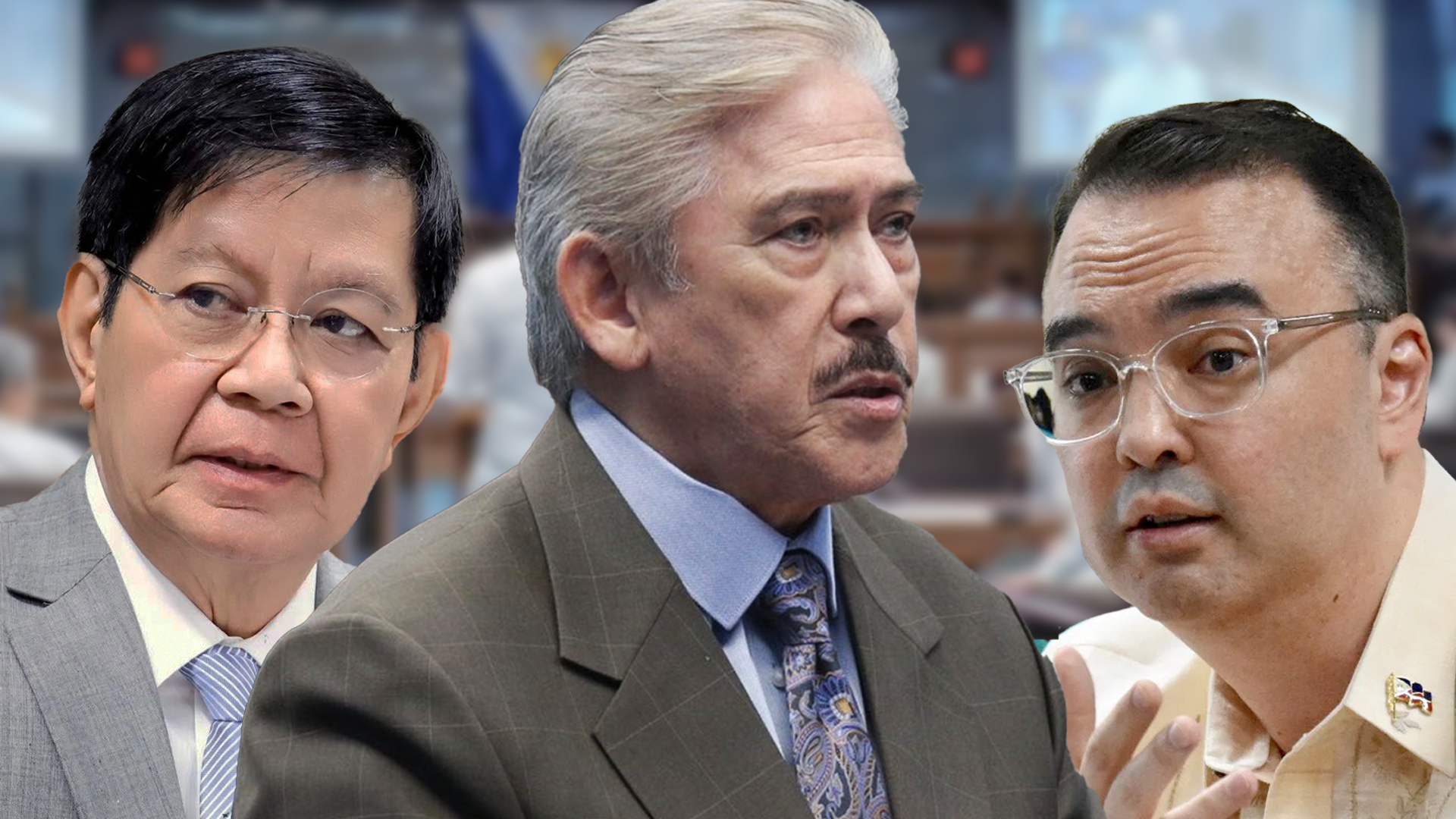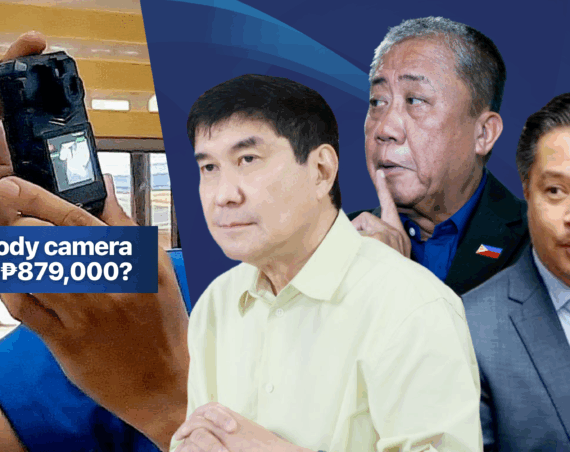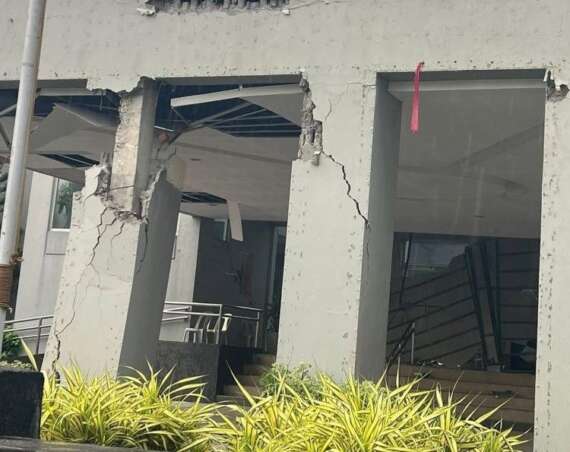The 20th Congress has turned into one of the most turbulent in years, with the Senate shaken by corruption allegations, sudden leadership changes, and widening political divides that former Senate President Franklin Drilon describes as “the most unstable” he has witnessed in decades.
Barely a month after Senator Vicente “Tito” Sotto III replaced Senator Francis “Chiz” Escudero as Senate President in early September, the institution again finds itself on the brink of another shake-up.
The latest flashpoint came on October 5, when Senator Panfilo “Ping” Lacson announced his resignation as chair of the Blue Ribbon Committee, exposing deeper rifts within the Senate over its probe into questionable flood-control projects.
Lacson, in stepping down, acknowledged the discontent of some colleagues—including Senators JV Ejercito and Win Gatchalian—who had questioned how he handled the hearings.
“When quite a number of them have expressed disappointment, I thought it’s time for me to step aside,” he said. While he dismissed partisan criticism as “false narratives,” the senator admitted that when dissent comes from within, “maybe it is best to vacate.”
In an interview with DZRH on Monday, October 6, Drilon described Lacson’s move as a “King’s Gambit”—a strategic sacrifice to protect Sotto from a looming coup.
“To save Sotto, magbitiw po si Ping Lacson,” he said, likening the resignation to a chess play meant to defuse rebellion in an already fractured chamber.
But he also warned that such tactics reveal a Senate struggling to keep coherence in a landscape where, as he put it, “dalawampu’t apat na senador, dalawampu’t apat na partido political.”
That fragmentation, Drilon argued, is the root of the institution’s instability.
Unlike mature democracies where two parties dominate, he said, the Philippine Senate now operates as a loose coalition of individual interests.
“The tail wagging the dog,” Drilon observed, an image of a leader constrained by shifting alliances rather than steering them.
Sotto himself has tried to portray the leadership shake-ups as institutional self-correction rather than political crisis.
Upon reassuming the Senate presidency on September 8, he said the reorganization was meant “to protect the Senate’s integrity” amid corruption allegations against members.
“If our leaders are criticized, the Senate is criticized,” he told ANC, adding that removing embattled leaders allowed them to address issues outside the chamber.
Yet his assurances of stability have been undercut by persistent rumors of new coup attempts and waning loyalty within his supposed majority.
The turbulence has also reopened debates about accountability.
Drilon defended Lacson’s earlier flood-control probe, saying the senator’s pursuit of truth was valid, but cautioned that the real issue lies not in budget “insertions” or amendments themselves—tools lawmakers have a constitutional right to propose—but in the “execution” of those amendments.
“Ang nagiging problema, doon po sa execution. Halimbawa, sabihin natin na farm-to-market road ‘yan, e, ang lumalabas, farm-to-pocket road,” Drilon said.
As talk of another leadership shake-up grows, the Senate finds itself tested on both discipline and democracy, just as public anger over billions in questionable infrastructure projects reaches a boiling point.
Its internal power struggles are playing out against a surge of distrust in government, with more “ghost projects” in other departments coming to light and louder demands for accountability from the public.
Personal alliances, family ties, and competing blocs have blurred the Senate’s identity as an institution, raising doubts about its capacity to drive reform when disorder has seeped into its own ranks.
Whatever becomes of Sotto’s gambit, the Senate now serves as a cautionary reminder that weak coalitions and the erosion of party discipline can rattle one of the country’s most vital institutions.





EDITORIAL: The abuse of class suspensions has gone too far